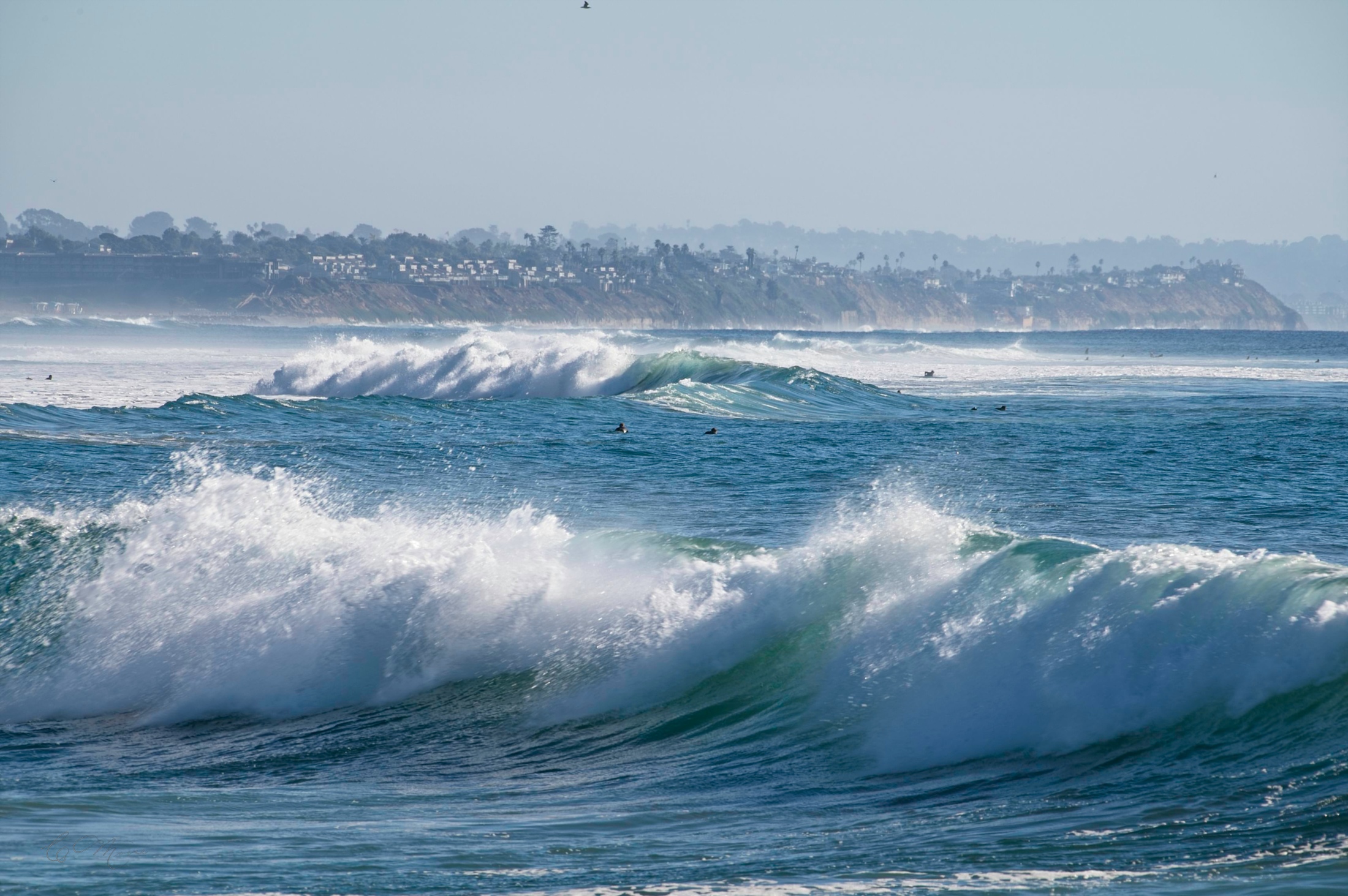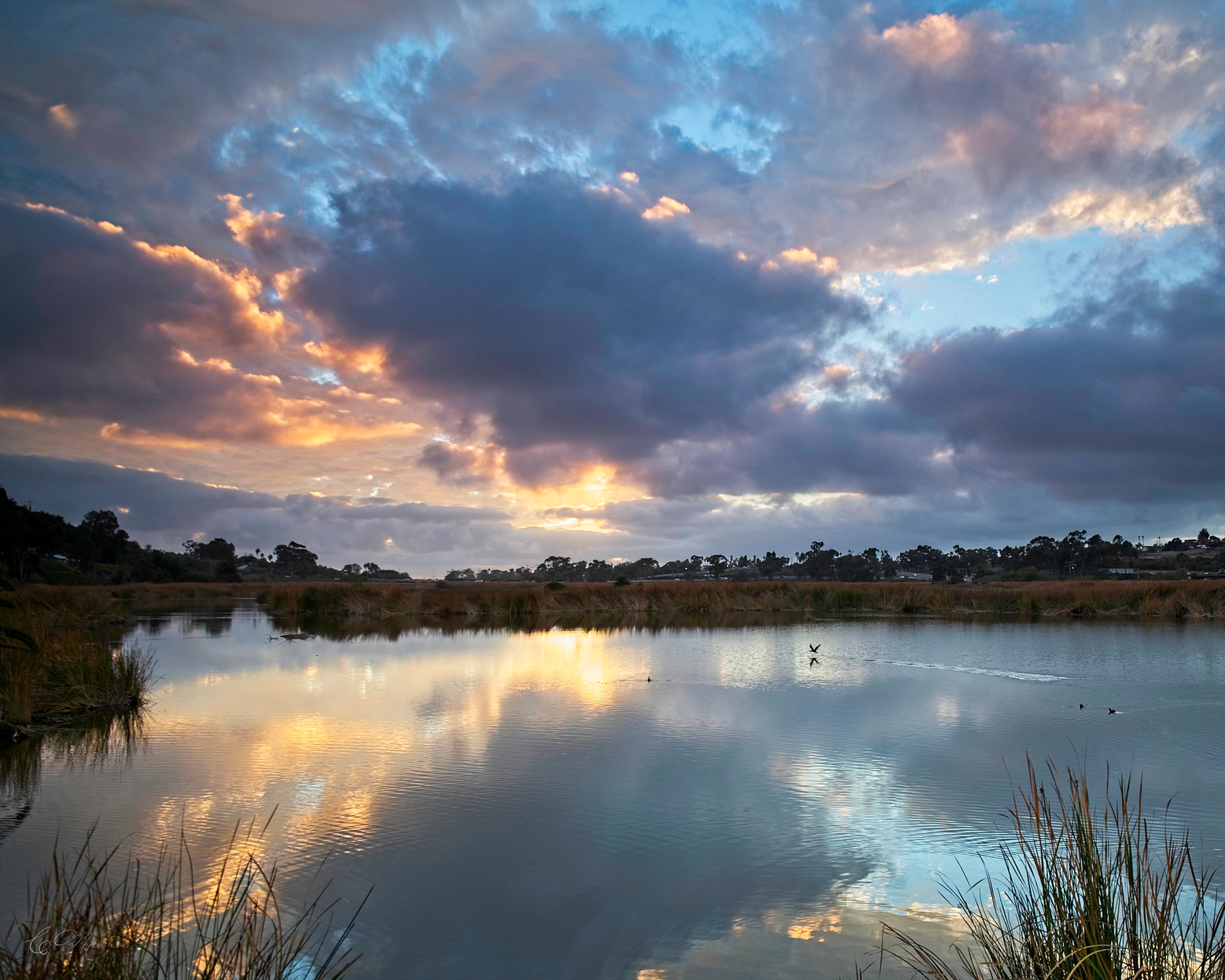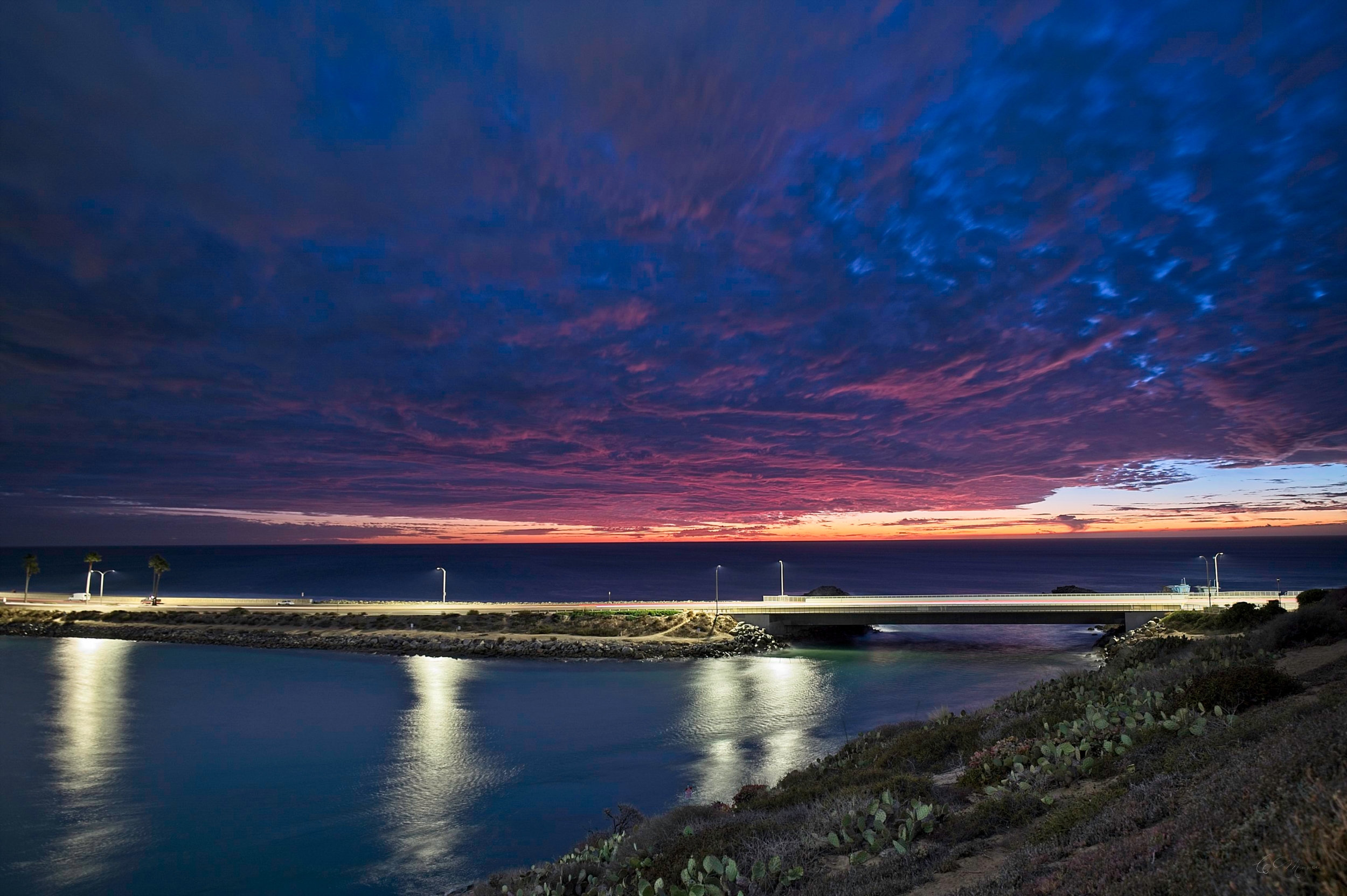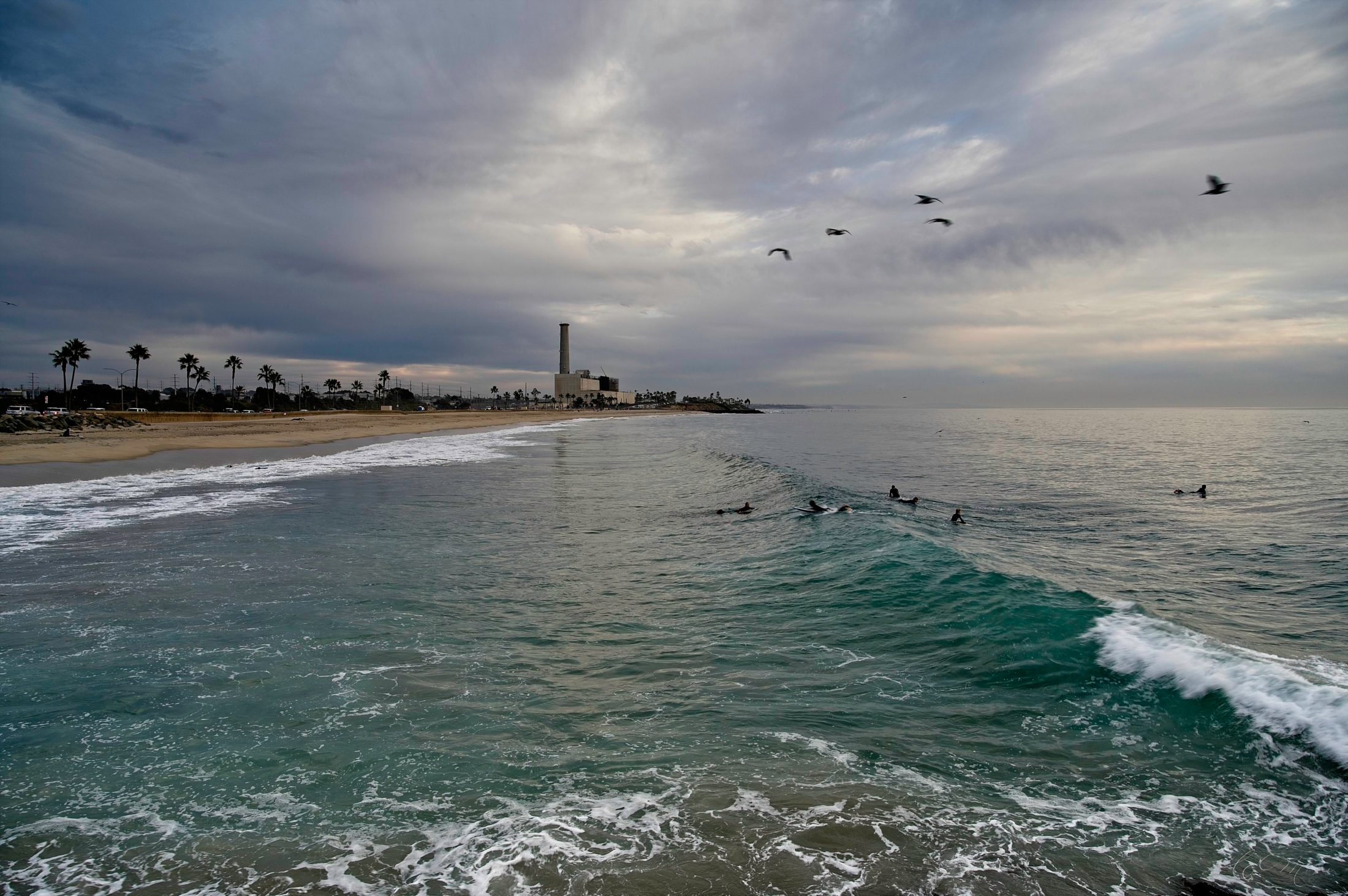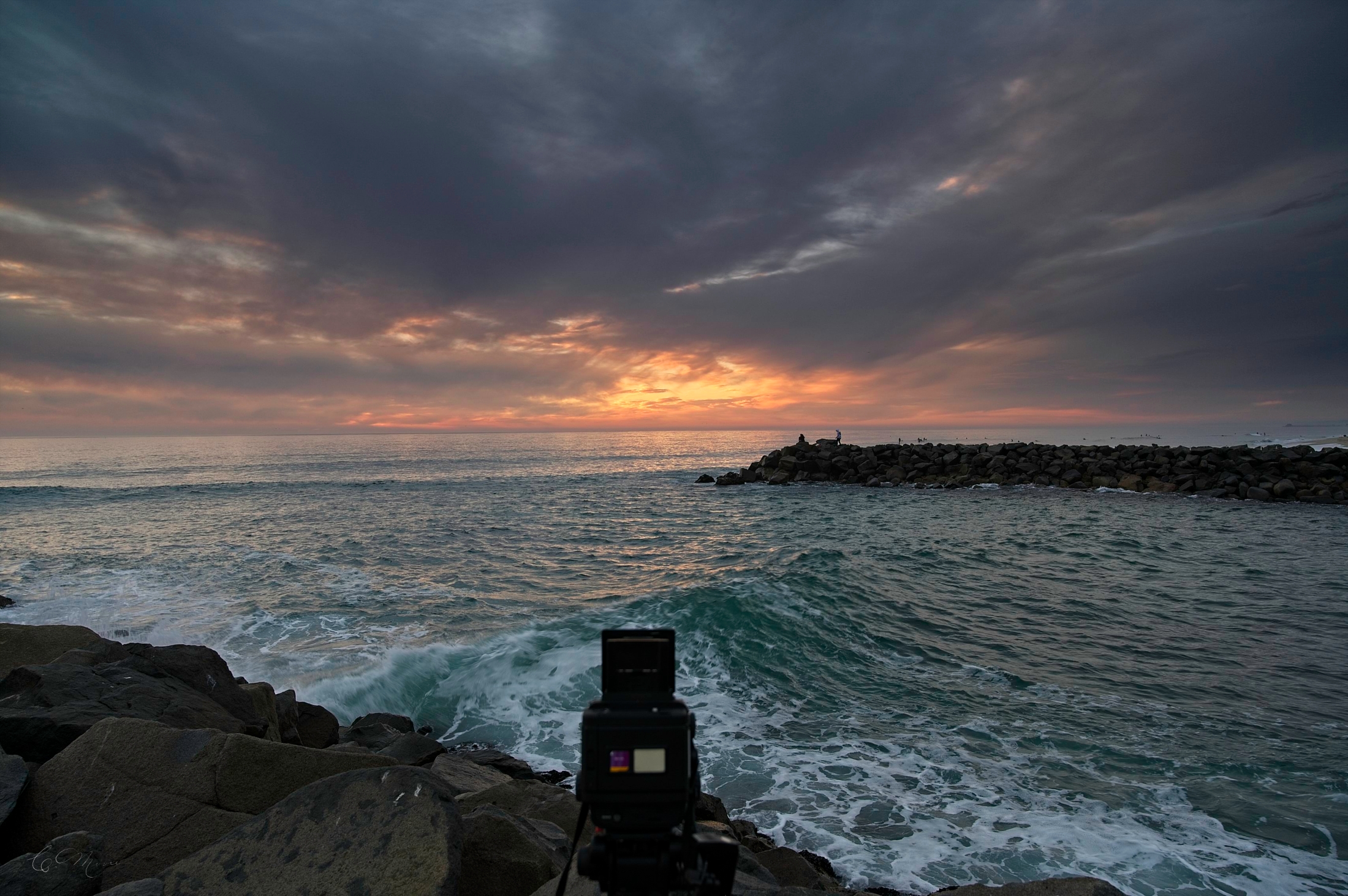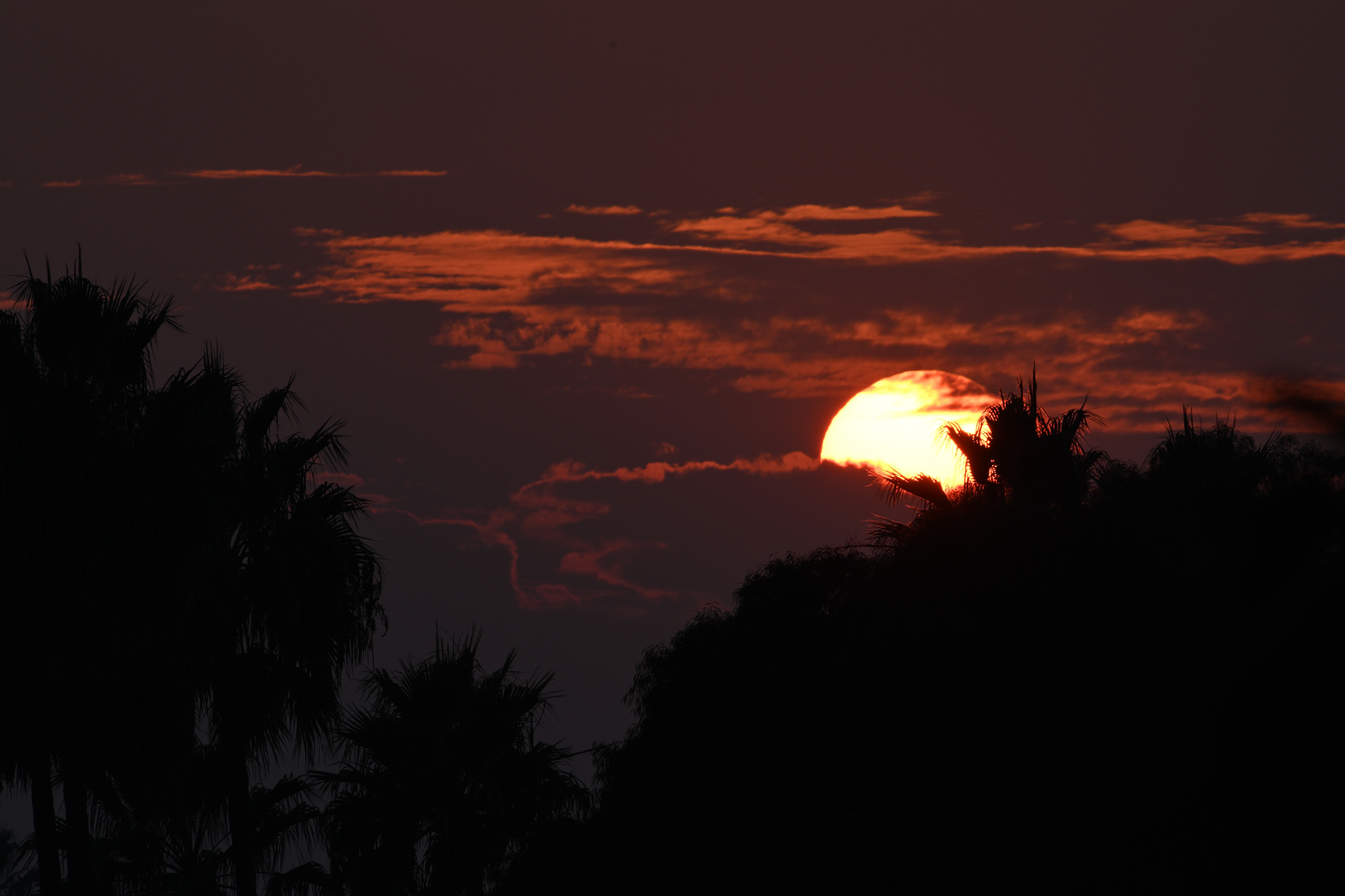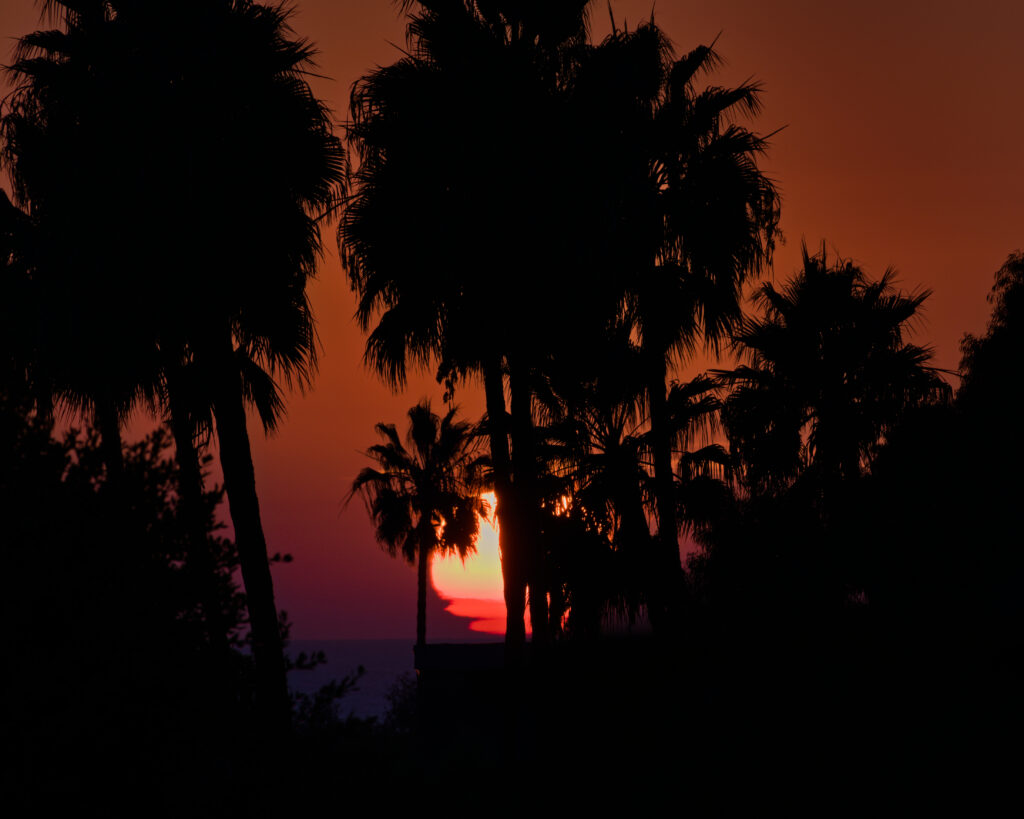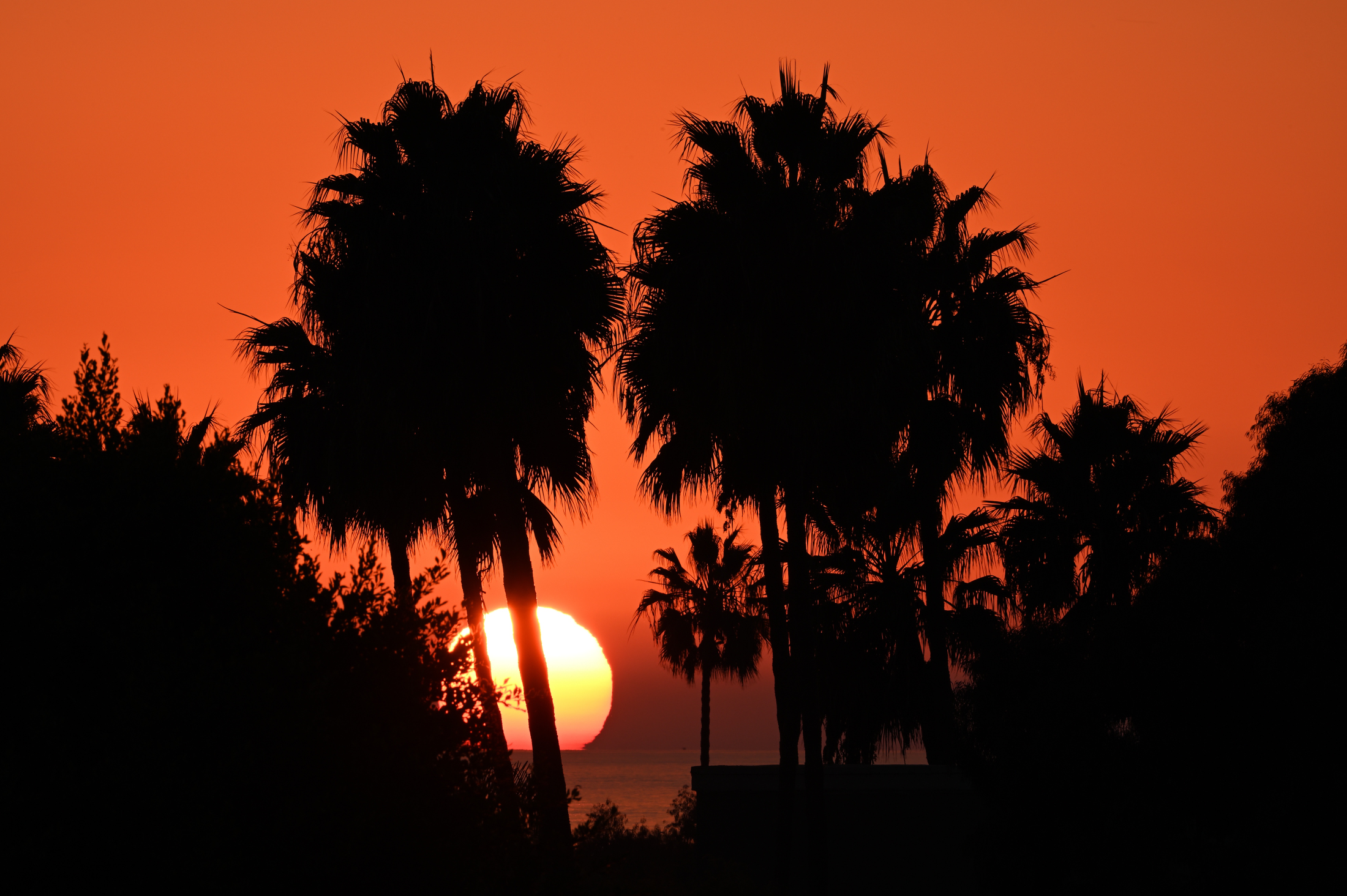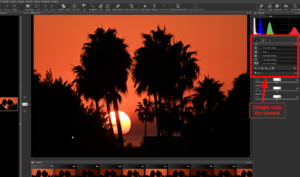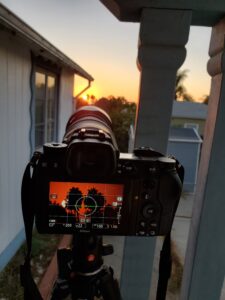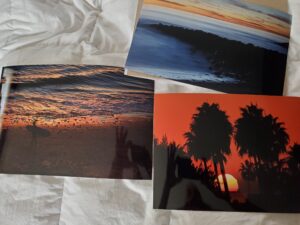I spent some time in December gathering film in abundance in an attempt to get a full view of the 120 negative landscape. This began with blurry pictures of surfers and the thought that a faster film might buy me a couple of stops to get sharper waves and moving things. Maybe the significantly larger negatives might mitigate some of the grain issues I remember from my 35mm film days a quarter century back and I don’t always need the very finest grain, regardless.
There really aren’t a lot of options these days. From what I have seen of pictures on the internets posted by fellow photographic luddites, each film has its own qualities. And what most intrigues me is that Portra 400 and Portra 800 seem to be different than the Portra 160 I have already tried. The only film stock I didn’t much care for in the samples I’ve perused was the Fuji 400H, which seems even worse with shadows than the Kodak offerings I’ve tried, but I have been interested in the Fuji Pro 160NS. It isn’t imported to the US market, but a few people seem to be getting cases and reselling them on ebay. Luckily, I found one seller right here in town and got a 5 pack from him.
So, my experimental films:
- Ektar 100
- Portra 160
- Portra 400
- Portra 800
- Fuji Pro 160 NS
Alas, I only have two backs, so I wasn’t able to really do apples to apples with all of them. And film and processing is so damned expensive I am not going to waste film on nothing but experiments, so I just kept a different film in each back and when I had time and the light looked interesting I went out to shoot.
For apples to apples, I got Ektar and Portra 160


Portra 800 and Ektar


Portra 400 and Fuji Pro 160NS


When I say Apples to Apples, the Portra 400 and Fuji are a little farther off than the other two. Both were loaded in the field as I ran out other stock and the images were captured more than a few minutes apart, so it was a little darker when the Fuji was shot. But the other comparisons were back to back1 and as close to the same exposure as I can get.
I uploaded a couple of shots super large. All I did was make them 90% jpeg so the file size is manageable, no color correction or sharpening. The idea was is get an idea of just how grainy the films are. Right click and view image for the monster sized version.
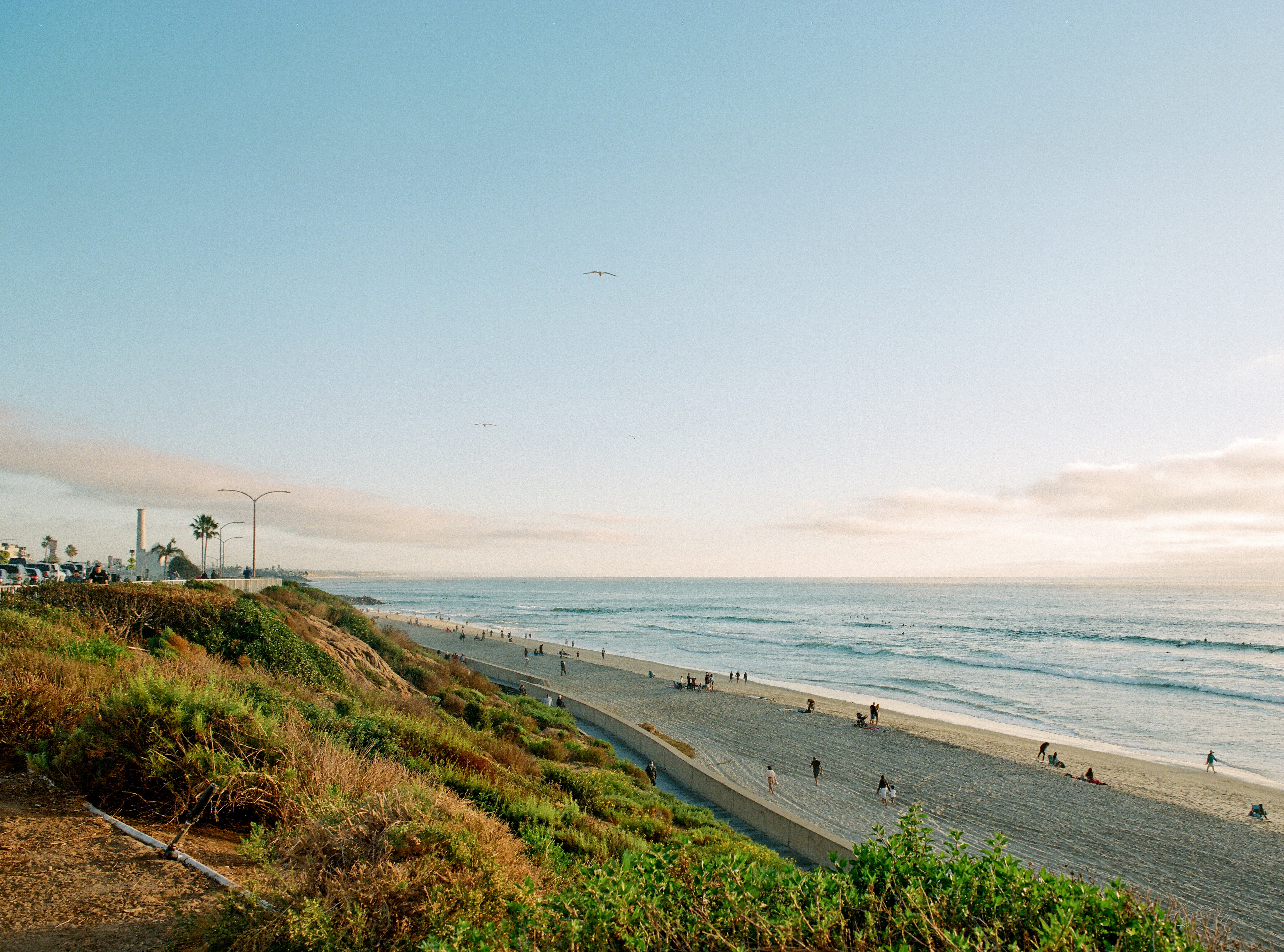

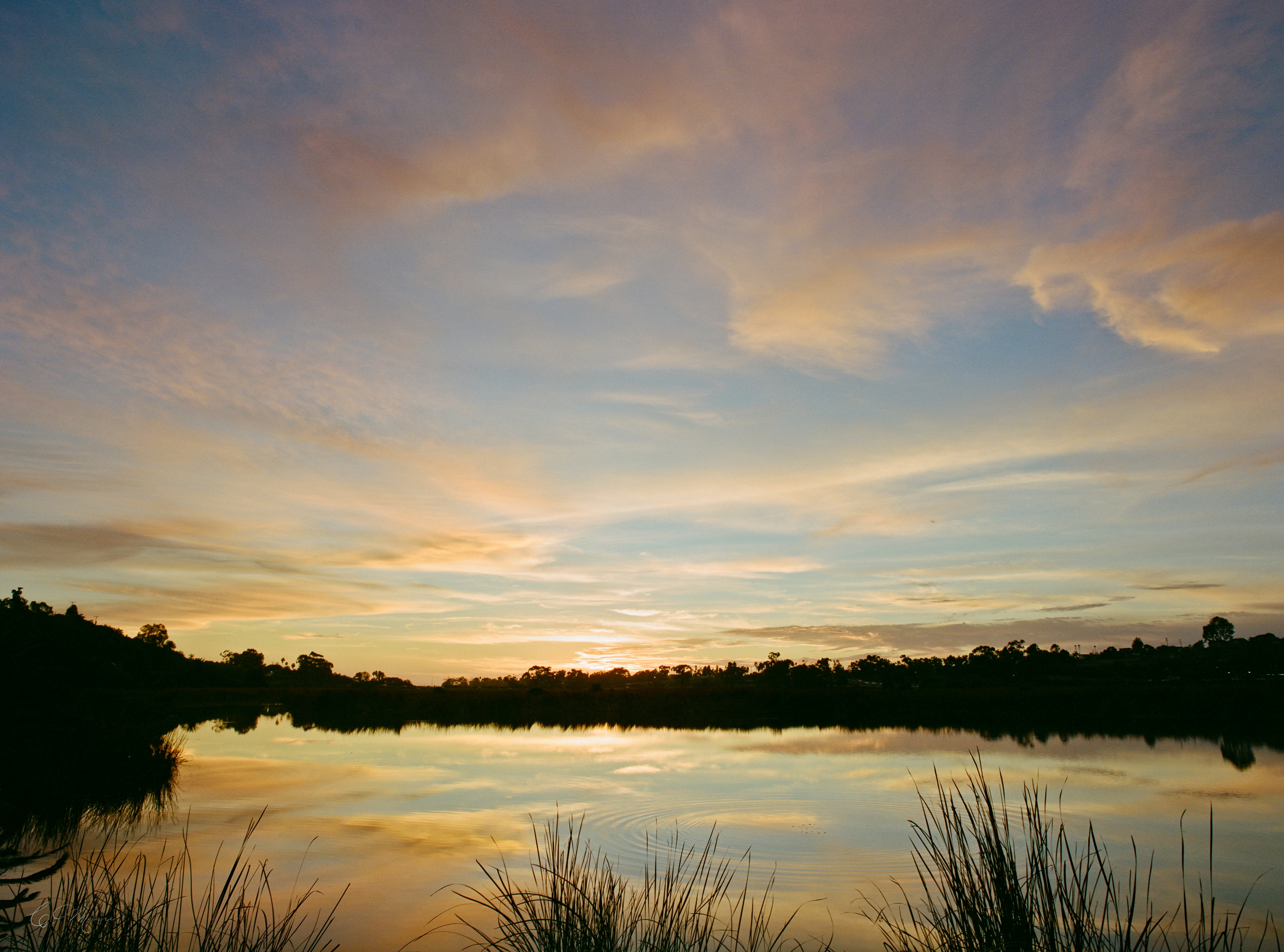
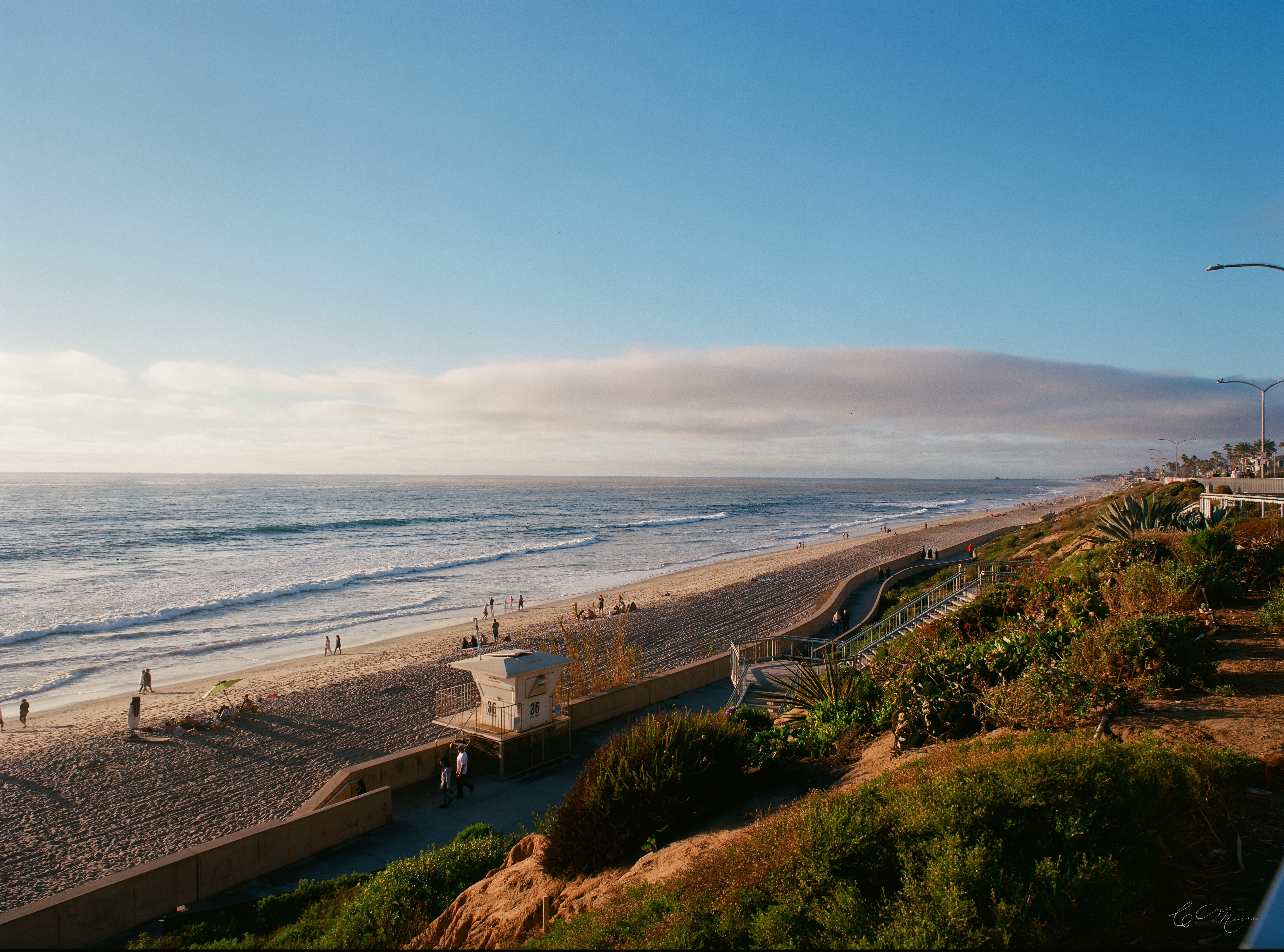
I have my favorites so far. Not going to say which ones, or why, but I have an idea now of what I might try in different situations. And I know the 800 is definitely grainier, and noticeably so, but not to the point of distraction. I might have to try to get some surfers after all.
I have been editing the crap out of some of these scans just to see what I can get. And have been experimenting with filters, though my filter holder is too small for the 50mm lens. I have to hold a filter in front of the camera while opening the shutter, and then hope the scan doesn’t come back with my fingers in the frame. My 100mm lens has relatively petite 82mm filter threads, so I have experimented there with success, but the wider lenses are 95mm and 112mm threads.
This isn’t the real problem, though. The real issue I had with many of these exposures is a byproduct of how reflective the water is near the reeds in the Bataquitos lagoon. There, the sky was only a stop or a stop and a half above the reflections in the water, but my reverse GNDs are 2 or 3 stop, and my hard GNDs are 2 and 2.5 stops.
In this case, if I want to get the reeds in the middle exposed with any detail the sky is 4 stops up and the water is 2.5 stops up. Using a 1 or 2 stop soft GND the border darkened the reeds and not the water in front of them. Using a hard GND at 2 stops brought the sky down to the same or even below the water. I tried using a soft 1 stop flipped upside down, which worked great to tame the sky, but that’s a cheap Formatt Hitech filter and it has a magenta cast so the sky ends up redder than the water. Every solution is suboptimal.
I need to ruminate on this, but it seems like a 1 stop hard or medium might come in handy. Or I could stop being an idiot2 and trying to tame an overly contrasty scene. I’ve been reticent to get one because 130mm filters are stupid expensive, but I could still hold a cheaper 100mm with my fingers, and I could use it with my 100mm holder on the tiny little baby Nikon cameras that only have 77mm threads as well.
Enough ruminating. I’m just going to post edited images now by film type.
Fuji Pro 160NS



Portra 400




Portra 800


Portra 160


Ektar 100




The first Ektar shot shows the value of a real holder, an easy horizon, and an appropriate filter. There’s 2.5 stops of reverse GND on that sunset and the clouds in the other shot (not posted) that don’t have the filter lack detail while the foreground is very dark. That’s an 8 second exposure a bit after the sun was down and I exposed for the grey bridge support on the shady side. Those cacti are a darned good substitute for middle grey and they were down maybe 1/2 of a stop as I have learned to fudge up, not down, when shooting Ektar. The others were just frustrating, either the sky was too bright, too dark, or had a magenta shift from that crappy filter and all the post editing to get the exposure balanced top to bottom doesn’t make the reflections the same color as the sky.
I took some digital shots while I was at these sites as well. I’ve posted the ones from the late sunset over the bridge, but I don’t think I shared the ones from the bird sanctuary. Taken after the film was gone as the sky just didn’t want to give up.




1. Literally. I took a photograph, swapped on a different film back, adjusted to get as close as possible to the same exposure, then took the other photograph. I can’t always get perfect exposure parity as ISO 160 is only 2/3 of a stop faster than 100 while the camera only adjusts in whole stops.
2. We all know that’s not going to happen.
